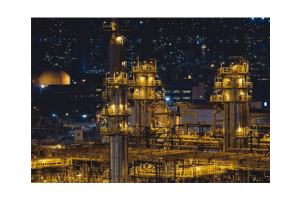 “The amount of savings could reach 20%, which means that a person who drives around 20,000 kilometres a year can save about 300 euros”, according to Ángel Suárez, an engineer at the SEAT Technical Centre
“The amount of savings could reach 20%, which means that a person who drives around 20,000 kilometres a year can save about 300 euros”, according to Ángel Suárez, an engineer at the SEAT Technical Centre
I t is possible to save fuel in our everyday lives by following a few practical tips that ensure efficient driving. More specifically, “the amount of savings could reach 20%, which means that a person who drives around 20,000 kilometres a year can save about 300 euros”, according to Ángel Suárez, an engineer at the SEAT Technical Centre. This expert points out that the guidelines are very easy to apply, but require that people change their daily driving habits. The most common driving mistakes that directly affect fuel consumption are jackrabbit starts and hard braking in the city, and driving in low gears on the motorway. He says that in the city, people tend to “accelerate and brake too suddenly, and that compromises consumption”. To avoid this, “it’s important to anticipate what’s ahead”, for example, when you approach a red light you should let the car slow itself down by using the engine brake and remove your foot from the accelerator. When it comes to using the right gears, the Technical Centre engineer recommends driving in the highest gear possible. Once in second, his advice is to move up the gear range quickly. To illustrate this, at 40 km/h you can already be driving in fourth gear, and in sixth gear at 60 km/h. However, you have to keep in mind that after reaching 80 km/h, even though you are driving in sixth gear, “you have to press down on the accelerator, which means injecting more fuel into the engine” and therefore, greater consumption.There are also a few guidelines for when you first set out. “You don’t have to warm up or rev up the engine. You just step on the clutch, start the ignition and pull away in first gear, and quickly engage second gear after travelling just a car length”, explains Suárez.Before getting into the car it is important to perform a number of checks. The tyres have to be in the best possible condition, so you should verify their inflation pressure and avoid driving if they have insufficient tread depth. In addition, you should not over-load the vehicle. “You should always distribute the load evenly in the luggage compartment, and if you install a roof mount cargo box, remember that this will also compromise fuel consumption”, adds the engineer. With the arrival of warm weather we are faced with the uncertainty of whether driving with the window down or turning on the air conditioning consumes more fuel. It is always preferable to lower the window when driving at low speed, and close the window and switch on the air conditioning at speeds above 80 km/h. Finally, another important point to consider is putting the car in neutral. “A lot of times we find that people slip the car into neutral when driving downhill. This is a mistake, as the motor is disconnected from the gearbox and it still generates consumption. The right thing to do is to use the engine brake, so, with the car in gear, you remove your foot from the accelerator and there won’t be any fuel consumption”, concludes Suárez. By following these practical tips you will save money on fuel and furthermore, drive more safely and contribute towards safeguarding the environment

